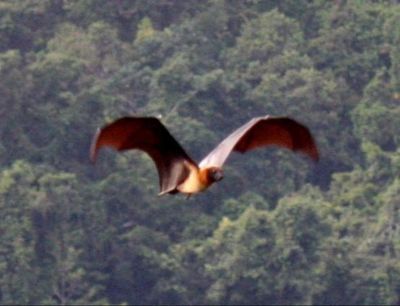Matinee By Joe Dante.
Matinee by Joe Dante.
One of the great ones.
The most overlooked movie about movies.
Joe Dante's love letter to horror gimmicks.
More Posts from Studiotriggerfan397 and Others

Classics Illustrated #80. "White Fang" by Jack London.

Fun Fact:
Appearances can be deceiving. So whatever you do, do NOT mess with a kelpie. You're not gonna want to pay the price to escape.
A long time ago in Scotland, there was a string of disappearances. Nine children went missing, and no one knew who to blame. One day, a little boy was playing by the water where the children were said to have vanished when he saw a black horse emerge from the water dripping with every step it took towards him and sporting a mane made of kelp. The boy was fascinated and wanted to take the horse out for a ride, but when he stroked its nose, he realized his mistake. His finger was stuck to the beast, meaning this horse was actually a kelpie, a creature known for drowning and devouring anyone who dares to ride it. The kelpie started to pull the boy back towards the lake, but he refused to become its snack. Left with no other choice, he took out his pocketknife and chopped off his finger, allowing him to escape a watery grave.
The Three Musketeers (also known as The Three Musketeers (The Queen's Diamonds)) by Richard Lester.
Based on the novel by Alexandre Dumas.
Along with the 1993 adaptation and Randall Wallace's The Man in the Iron Mask, this is definitely one of my favorite versions of the musketeers.
A beautiful adventure film with smart and quick comedic energy.

Did you know that in Southeast Asian folklore there's a flying bat monkey hybrid that abducts children?
It's called the "Orang Bati" and it's described as being four to five feet tall with reddish skin, large black leathery wings and a long leathery tail. Said to inhabit the island of Seram in Indonesia, the Orang Bati is a nocturnal creature with a diet that mostly consists of small, adorable children who are easy to pick up and fly away with. It's raids take place in the darkness of night and before descending into the villages and cities that border it's territory, the airborne attacker will emit a shrill wail that warns any child who hears it that it's already too late to escape. The residents of Seram insist that the creature is a flying monkey, while outsiders have suggested it's more than likely a giant bat. However, some researchers have stated that physical descriptions (including the shrill wail it lets out before a hunt) match pterosaur physiology.

Satanism and Witchcraft: The Classic Study of Medieval Superstition by Jules Michelet.
Originally published in Paris as "La Sorcière ("The Sorceress"): The Witch of the Middle Ages" in 1862.
A turning point on the 19th century politics and perception surrounding witchcraft.

"Conan the Barbarian" by Frank Frazetta.
The Adventures of Baron Munchausen by Terry Gilliam.
Based on the tall tales about the 18th-century German nobleman Baron Munchausen and his wartime exploits against the Ottoman Empire.
It is, to this day, a misunderstood film.
A titanic exercise in bravura filmmaking. A testament to the power of imagination. Moving and magical.
Gilliam is a master. ^^

Everyone knows about the Salem Witch Trials, but have you ever heard of the European werewolf trials?
Between the 15th and 17th centuries, individuals across Europe, including countries like Switzerland, Germany and France were accused of lycanthropy, wolf-riding and wolf-charming (wolf-charming meaning they used magic to summon a pack of wolves to attack someone).
The most famous case of someone being charged with lycanthropy took place in 1598. German farmer Peter Stumpp was accused of using witchcraft to turn himself into a wolf and go on a killing spree that led to the deaths of two pregnant women and 14 children. The worst part is they said he ate his victims while in his wolf form. After being stretched out on the rack, Peter admitted to all of the accusations, said he'd been practicing magic since he was 12 years old and that he used a magical belt the devil gave him to take his wolf shape. After his admission, Peter was executed on the wheel where he was skinned alive, had his limbs broken, his head chopped off and his body burned.

Fun Fact:
It turns out Genghis Khan, former Khagan of the Mongol Empire, may have done some good for the planet...
He did more to combat global warming than any of us ever will. Between 1162 and 1227, Genghis Khan and his Mongolian armies conquered around 22% of the Earth's surface, killing as many as 40 million people. But he also cut 700 million tons of carbon emissions while doing so. By lowering the population of the world by as much as 10%, he allowed huge portions of cultivated farmland to return to their natural forested state and absorb carbon from the atmosphere.

A full-size replica of Robert Picardo’s Meg Mucklebones from Ridley Scott’s 1985 fantasy epic "Legend".
-
 marysmirages liked this · 1 year ago
marysmirages liked this · 1 year ago -
 studiotriggerfan397 reblogged this · 1 year ago
studiotriggerfan397 reblogged this · 1 year ago

20s. A young tachrán who has dedicated his life to becoming a filmmaker and comic artist/writer. This website is a mystery to me...
179 posts